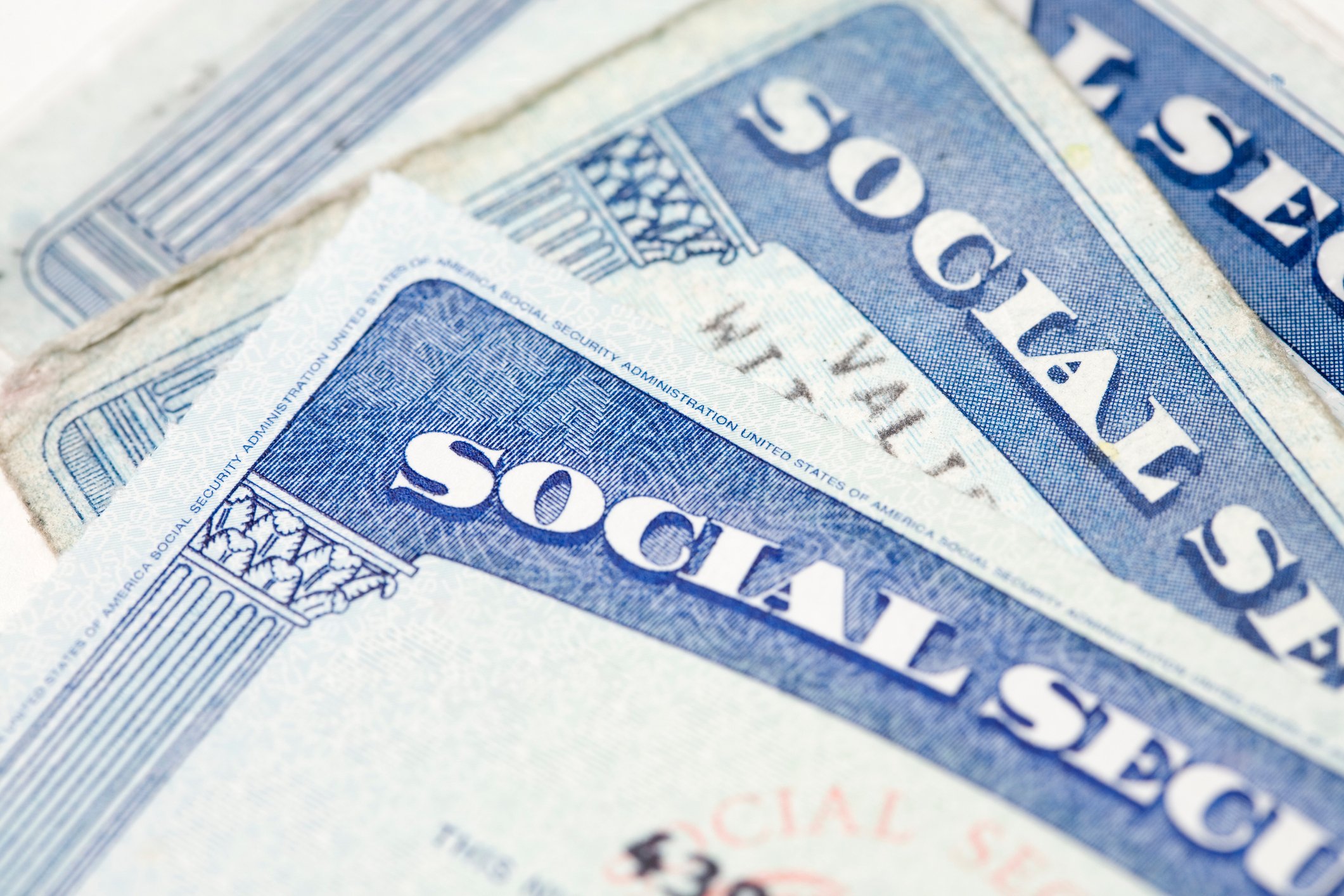The whole point of investing is to turn a little bit of money today into more money in the future. Doubling your money not only sounds like a great goal, but done enough times, it's enough to turn a small amount of cash into a fairly substantial nest egg. Doubled once, $1,000 turns into $2,000. Doubled twice, it turns to $4,000. Doubled 10 times, that single $1,000 investment can become a nest egg worth over $1,000,000.
That snowball effect of compounding is what makes doubling your money a powerful objective for your investing journey. With that in mind, these five investing tips can help you on that path to double your money, hopefully multiple times throughout your career.

Image source: Getty Images.
No. 1: Contribute to your 401(k), 403(b), or TSP
Your 401(k), 403(b), TSP, or other employer-sponsored retirement plan can very well be the most powerful tool at your disposal when it comes to doubling your money. If you contribute to a traditional version of those accounts, you'll get a tax deduction at your marginal tax rate for the amount you contributed. In addition, if your employer provides a match for your contribution, that's additional money that goes toward your account value and acts to further boost its balance.
Indeed, depending on your tax rate and match level, that combination of a tax deduction and a match may very well act to instantly double your money versus what you'd have if you hadn't invested it. On top of that, once you start contributing to your plan via direct deposits from your paycheck, it becomes an automatic investment. That automated saving and investing approach also makes that plan an incredibly powerful tool for helping you build your financial future.
No. 2: Leverage the Rule of 72
The rule of 72 is a shorthand estimate of about how long it will take for you to double your money based on what rate of return you get on it. To use it, simply divide 72 by the rate of return you expect to receive, and it will give you the approximate number of years it will take for your investment to double. For instance, if you expect a 9% rate of return, the math would be 72 / 9 = 8. That indicates it will take your money around 8 years to double at a 9% rate of return.
While the math isn't perfect, it is pretty close in the range of potential returns you can reasonably hope to achieve from investing. One of the most powerful things you can do with this rule is figure out how many times the money you currently have invested could potentially double before you need to tap it in retirement. For instance, if you calculate your money could double every 8 years and you have 24 years left to work, you can potentially double your already invested money three times before you call it quits.
No. 3: Harness the power of dollar-cost averaging
Over long periods of time, the stock market has delivered annualized compound average returns somewhere in the neighborhood of 9% to 10%. Still, as the first part of 2020 reminds us, those returns are not guaranteed, and they certainly aren't smooth. Dollar cost averaging is a strategy where you invest the same number of dollars each paycheck. When the market is up, those dollars buy fewer shares, but when the market is down, they buy more.
Where this helps is twofold. First, it helps get past the fear of putting all your money in the market just before a major crash. Yes, the market may go down between buys, but you haven't tied up everything all at once, and your next buy at lower prices will get you that many more shares. Second, it gets you in the position to continue regularly investing money. That act of repeated investment can be the key difference maker when it comes to determining if you can truly wind up rich.
No. 4: Reinvest your dividends

Image source: Getty Images.
Say you expect the market to deliver an 8% return rate, 6% from growth and 2% from dividends. By the rule of 72 mentioned earlier, if you can get that 8% rate, your money will double about once every nine years. On the flip side, if your money only compounds at a 6% rate because you spend rather than reinvest your dividends, it will take around 12 years for your money to double.
That's three extra years between doublings if you don't reinvest your dividends, which means you'll miss out on one or two doubling cycles throughout your career. When combined with a good dollar-cost averaging strategy, that difference can easily turn into several hundred thousand dollars less to the total you have available at the time you retire.
No. 5: Stay invested in stocks for your long term money
Despite the volatility that has returned with a vengeance this year, stocks continue to have the potential for decent long term returns. That's especially true when compared to bonds, where 30-year Treasury debt recently offered a return worth less than 1.5% per year. Even if stock market returns from now on are half their historic long term average, stocks still offer you the potential for better long term returns than bonds do at the moment.
You do have to put up with higher volatility and higher risks in stocks than in bonds. Those factors mean that stocks shouldn't be a home for money you need to spend within the next five or so years. For money you won't need for longer than that, however, the potential for higher returns in stocks still make them worthy of your consideration. After all, the higher the returns you actually receive, the faster you money will double for you.





